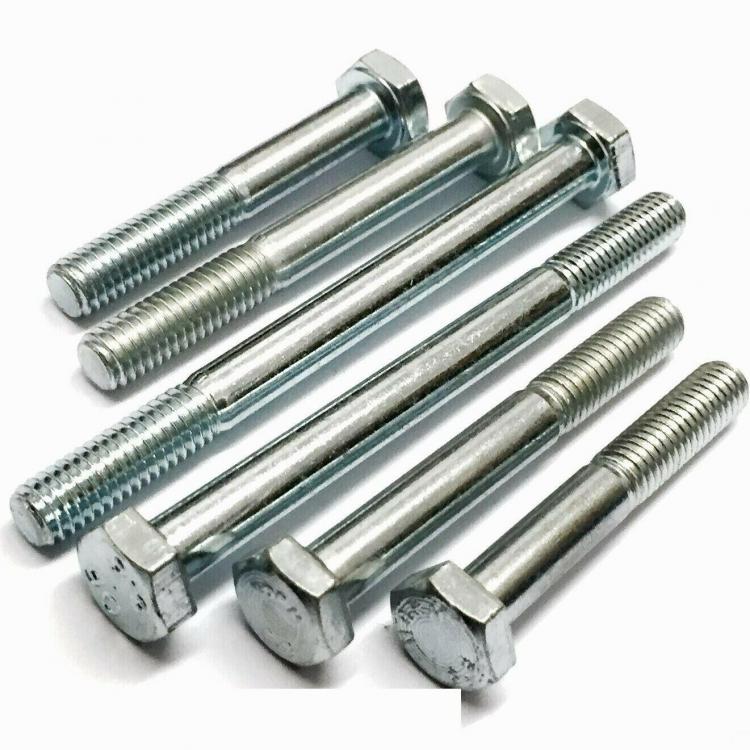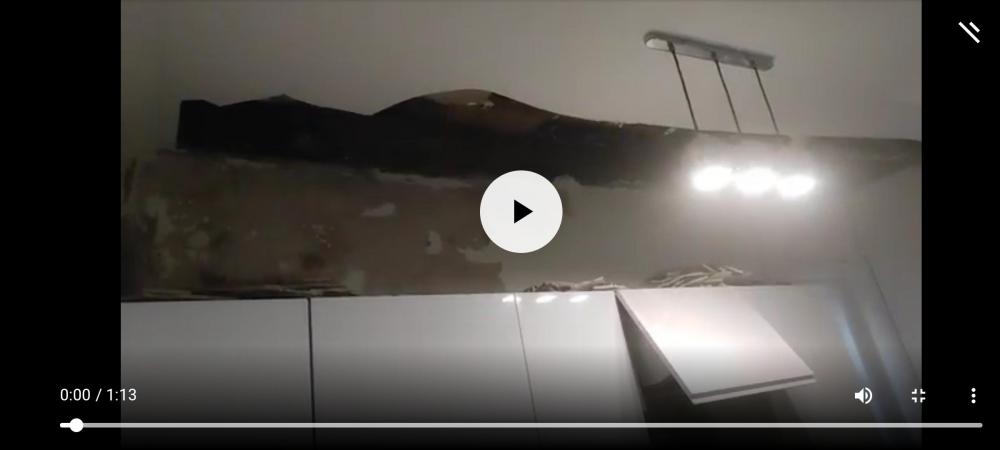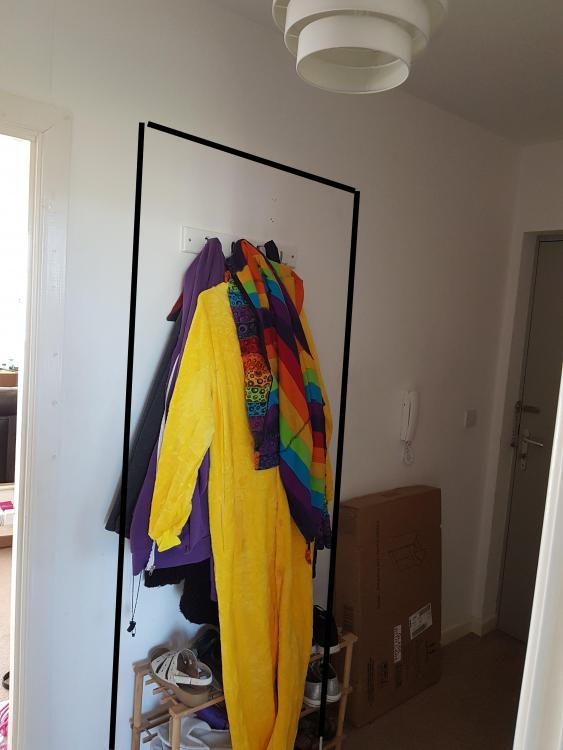
cdtsilva
Members-
Posts
8 -
Joined
-
Last visited
Recent Profile Visitors
The recent visitors block is disabled and is not being shown to other users.
cdtsilva's Achievements

New Member (2/5)
2
Reputation
-
Thanks. I wont be able to drill straight as the drill would hit the joist just before. It's quite a thick wal untill it reaches stone.What sort of angle would it be acceptable?
-
Thanks for your feedback. Its a stone house with no cavity. On one side I have a single row of bricks shared with the adjoining house. On the other side I have a layer of wood, supporting the door frame and plastered wall, followed by some loose rubble. The joist sits in a piece of stone about 10cm long - about 15cm inside the wall. So I would not be able to fit a full size timber. as there is no support on the outside of the wall. I considered steel as an option, but that too would have to be broken down in two pieces. Im considering the steel bracket options, with bolts going straight through, rather than dilling into the wood - as tightning nuts on the end would be a bit easier. Sadly the supports I ordered (see last of 3 pictures) are just 1.5mm thick with (many) m4 holes (for twist nails). Im thinking to open those I would damage the galvanizing. Not sure if that would be a problem or not, given they are not very thick to start with. I am also considering a simpler plate with M10 screw going straight through and a nut at the end. These are 2.5mm thick, but only provide support through the sides. I'm guessing this would be OK? A steel fabriction is what I needed here... I can get the steel bar locally, but dont know of any steel fabricators nearby, sadly.
-
Hi Everyone. While going for a very routine selaant replacement job on my newly bought house - I noted movement - and after investigation I realized the bath was sealed with expanding foam just under the damaged sealant resulting in water ingress and extensive damage to the floors underneith. None of this was visible prior. The surveyour quote high humidity and possible investigation to rising mould on the walls underneith, but further structural analisys would not be possible without taking things apart. Presently I removed the ceilings to the lower floors covering this joist and will later remove the toilet to raise them (as it was fixed to the wall in a lower position and shows signs of leackage in the past too). I will have to break the new joist into two pieces to secure it into the wall cavities at each end, but given it is so close to the wall - I cant get any nails or screws on that side to fix the joining metal plate. I considered drilling into the wall, but its 15cm or rubble till I find solid stone and often the drill moves as I start. I also have the challenge that the SDS drill hits the joist behind - even with a variety of drill bit sizes (150, 210 and 260mm), so a straight hole is not possible. The challenge now: What is the best way to join this joist, given I dont have enough clearance on the back to a hammer or imapct driver? I need to raise the area a few centimeters and not sure how, as there are kitchen cabinets sit underneith. I though about securing some wood to the wall and jacking it up with a hydraulic jack, but given the inside wall, under the plaster is rubble I would need to secure a deep stud, possibly with chemical resin and this would be troublesome to later remove. There is no easy way to this one, but any guidance or tips would be most welcome. This is the kit I got to but join the joists.
-
Thanks for this, very helpful! We've been to the planning portal website and happy to go with the full application. There is however a question regarding the drawings - Is it enough to submit a floor plan with dimensions and photos of the exiting room with notes attached (could be in cad or hand made drawing) or would something like a full cad 3D drawing be required? Also what needs to be included? We have to knock part of an exiting stud wall down to insert a new door and I don't know if there are any electrical cables there that will need relocating until the woks starts. We had an architect visiting when we started the project that quoted about £600 to do full cad plans with a couple different configuration options, but seems a bit to steep, perhaps. Any recommendations on how to go from here would be really useful.
-
We're looking into that. But whenever or not we have permission we need to know exactly what to do as to avoid any surprises down the line when selling or even for home insurance purposes. How do I prove building regulations were adhered to? As far as I know I can't because there is no detailed invoice from the builders. But if I were to do it myself or submit an application, who would provide these guidelines? Is it enough to just itemize all items purchased to ensure electrics, plasterboard, ventilation and sound insulation all comply? Do I need an architect to draw plans and specify the materials? I think the renting company (We own half and rent the other half) just wants to make sure all this is taken into consideration before approving any modifications and at least for insurance purposes, I would like too, for peace of mind. Does someone check the work to make sure it complies to the regulations? If not how do I prove it does? That is a good question. I suppose the latter would suffice. But how do I apply without an itemized list of works and materials employed? Or shall I just create something (drawings, examples or materials, etc.) and submit?
-
We haven't paid yet - At the moment we can't carry on as we need the itemizations to apply for planning permission. Or we, at least, need guidance on how to make up some. A stud wall is what we need. Timber or metal frame with 2.50meter height and 5,70m length. The ceiling is plasterboard and the floors are a wooden piece we could screw onto. We need to open an exiting wall to create a new door - which will have direct access to the main door (as to comply with fire regulations) The pictures below show where the new wall and door are to be placed
-
Hi All, We registered on this forum as we are having a baby soon - We're starting a project to repurpose some space from an open plane kitchen/living area to create an additional spare bedroom. We will basically need a new wall stud-wall and door. I created a new thread here. Hoping we can have some useful suggestions regarding how to go with building regulation requirements ? Thank you all in Advance! Xx
-
- 2
-

-
Hi All, Me and my partner are trying to create an additional division in an open plan area of our house. The property is shared ownership, so even though we don't need planning permission, the lease company wants to see it, so they are sure the work is carried out in accordance with regulations. Each time we mention building regulations, or even an itemized invoice detailing what's being done, builders run away - They like a single total figure kind of invoice. So it seems we need to deal with BR on ourselves and we are a bit unsure about how to go on with this. To apply we need an itemized receipt showing the plans. We dealt with an architect that said the builders should do this (they only do the floor plan drawings), but when we mention building regulations, or even an itemized invoice detailing what's being done - builders run away - They like a single total figure kind of invoice saying 'built wall - xxx£" Any advice?

.thumb.jpg.29efbd36b0207f782cf5f0b8634aca7c.jpg)


.thumb.jpg.de67426c8467dcc973a8a0abe0b2b72a.jpg)
.thumb.jpg.1d4727b1f22df332aec011edfd087bf0.jpg)
.thumb.jpg.252a3eef7c3a59dca9d6aa9e3e90ab91.jpg)
.thumb.jpg.71031464bae5d32afa33d41c8b6794d3.jpg)
.thumb.jpg.aff3ce874fdf024b150829e16279517f.jpg)
.thumb.jpg.a9c75c2154dbc24529ee0fd7fd014765.jpg)


